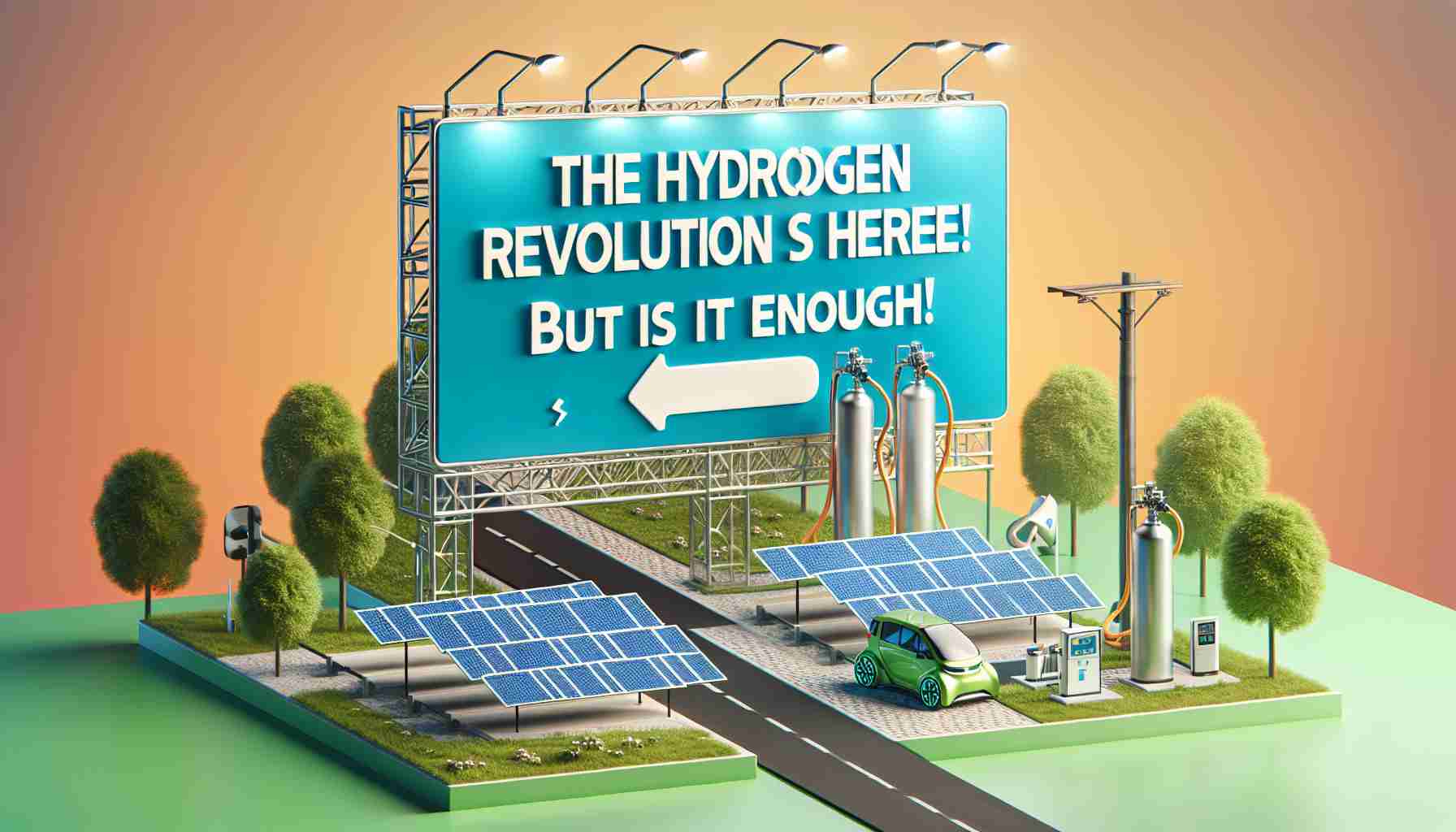The nuclear industry is optimistic about the recent clarity provided by the Treasury Department regarding hydrogen tax credits. However, they emphasize that while the guidance is a step in the right direction, it does not fully address the broader challenges within the emerging global hydrogen market.
The updated tax regulation seeks to outline eligibility for hydrogen producers, including those harnessing electricity from different sources, natural gas coupled with carbon capture technology, renewable natural gas (RNG), and methane from coal mining. This initiative aims to encourage more sustainable hydrogen production practices.
With the newly introduced regulations, the Energy Department has extended the timeline for meeting specific hourly emission standards until 2030. This means producers now have additional time to align their operations with environmental expectations. Furthermore, the guidelines are designed to inspire innovation and investment within the hydrogen sector, promoting diverse energy sources.
Despite these advancements, industry players believe that more comprehensive solutions are required to propel the hydrogen economy forward. They highlight that a robust strategy is essential to overcome several hurdles, including commercial viability and infrastructure development. The consensus among stakeholders is clear: while the tax credit reform provides some much-needed guidance, it marks just the beginning of what is necessary for a thriving future in hydrogen energy. As the market evolves, ongoing support and refined regulations will be crucial for its success.
Hydrogen Market on the Rise: New Tax Credits Spark Hope but Challenges Remain
The Current Landscape of the Hydrogen Industry
The recent updates from the Treasury Department regarding hydrogen tax credits have ignited optimism within the nuclear and broader energy sectors. These guidelines are pivotal, especially for hydrogen producers, as they delineate eligibility for tax benefits based on various production methods, including natural gas with carbon capture, renewable natural gas (RNG), and other sustainable approaches.
Key Features of the New Guidelines
1. Extended Emission Standards: The Energy Department has extended the timeline for producers to meet specific hourly emission standards until 2030. This provides industries with more leeway to adapt their operations to environmental regulations.
2. Encouragement of Diverse Energy Sources: The updated regulations promote innovation and investment in hydrogen production by incentivizing the use of varied energy sources, aiming for a more robust and sustainable hydrogen economy.
3. Targeted Sustainability: A significant focus of the new tax framework is on sustainable practices in hydrogen production, which aligns with global trends towards greener energy solutions.
Pros and Cons of the New Tax Regulations
Pros:
– Clarity and Direction: The regulations offer much-needed clarity regarding hydrogen production methods eligible for tax credits, facilitating informed decision-making for businesses.
– Incentives for Innovation: By encouraging investment in diverse energy production methods, the regulations can drive technological advancements within the sector.
Cons:
– Incompletion of the Framework: Despite the regulatory advancements, many industry stakeholders argue that the new guidelines do not fully address critical issues like commercial viability and infrastructure challenges.
– Need for a Comprehensive Strategy: A piecemeal approach may not significantly impact the hydrogen market without additional policies that tackle a broader range of obstacles.
Limitations and Challenges Ahead
To truly harness the potential of hydrogen as a clean energy source, the industry acknowledges several limitations and challenges:
– Infrastructure Development: A comprehensive support structure is necessary to handle production, transportation, and distribution networks for hydrogen.
– Market Viability: The long-term economic feasibility of hydrogen projects remains uncertain, requiring more substantial financial backing and strategic planning.
– Regulatory Hurdles: As market demands evolve, continuous adjustments to regulations will be imperative to keep pace with innovations and changes in the energy landscape.
Insights into Market Trends
As the global hydrogen market continues to mature, several key trends are emerging:
– Increased Investment: The new tax incentives are likely to attract greater investment from both private and public sectors, which could accelerate technological innovations.
– Sustainable Practices: There is a notable shift towards integrating more sustainable methods of hydrogen production, directly aligning with global climate goals.
– Collaboration Across Industries: As the hydrogen economy grows, collaboration between traditional energy sectors and emerging technologies is anticipated, enhancing resiliency and innovation in energy production.
Future Predictions for the Hydrogen Sector
As the regulatory landscape evolves and businesses adapt to new guidance, industry experts predict a few outcomes:
– Growth in Hydrogen Adoption: With supportive policies, there will be an increased adoption of hydrogen technologies across various sectors, particularly in transportation and manufacturing.
– Continued Advocacy for Comprehensive Policies: The push for a more robust regulatory framework will likely persist as stakeholders seek to address pressing issues such as commercial feasibility and infrastructure investment.
For more insights and updates on the energy sector, visit the Department of Energy.









